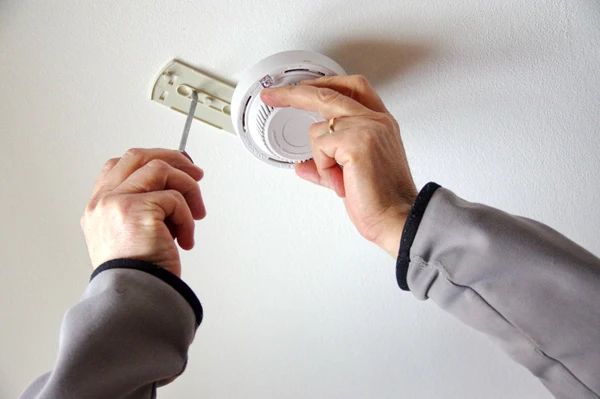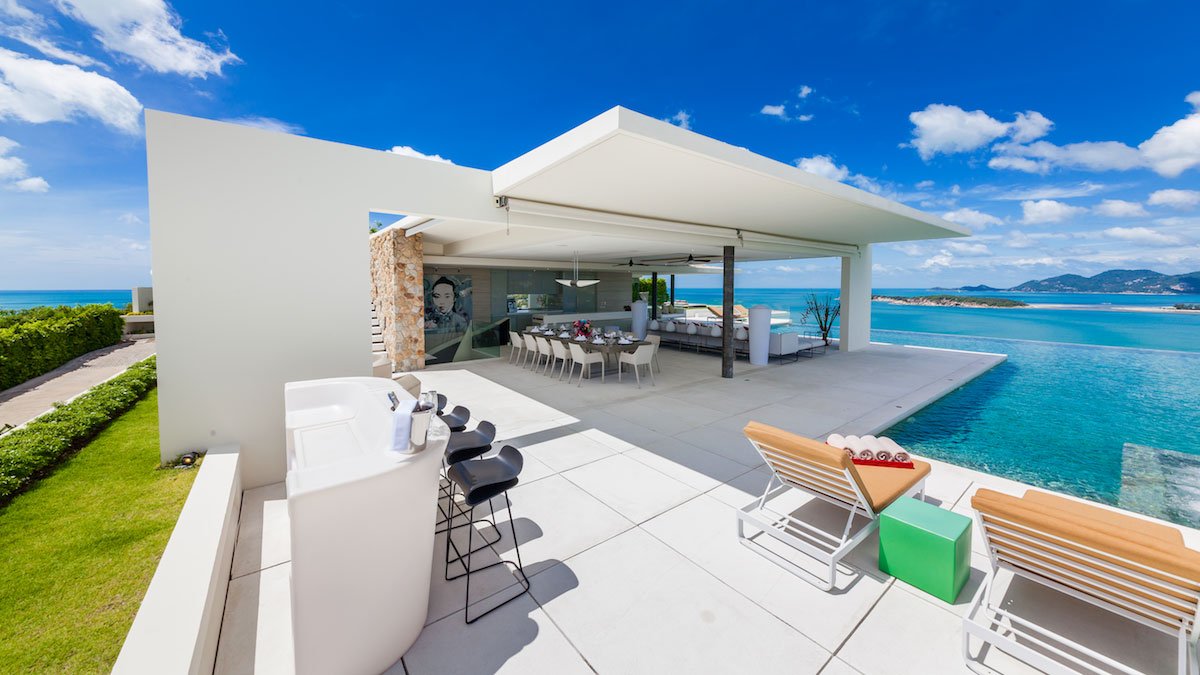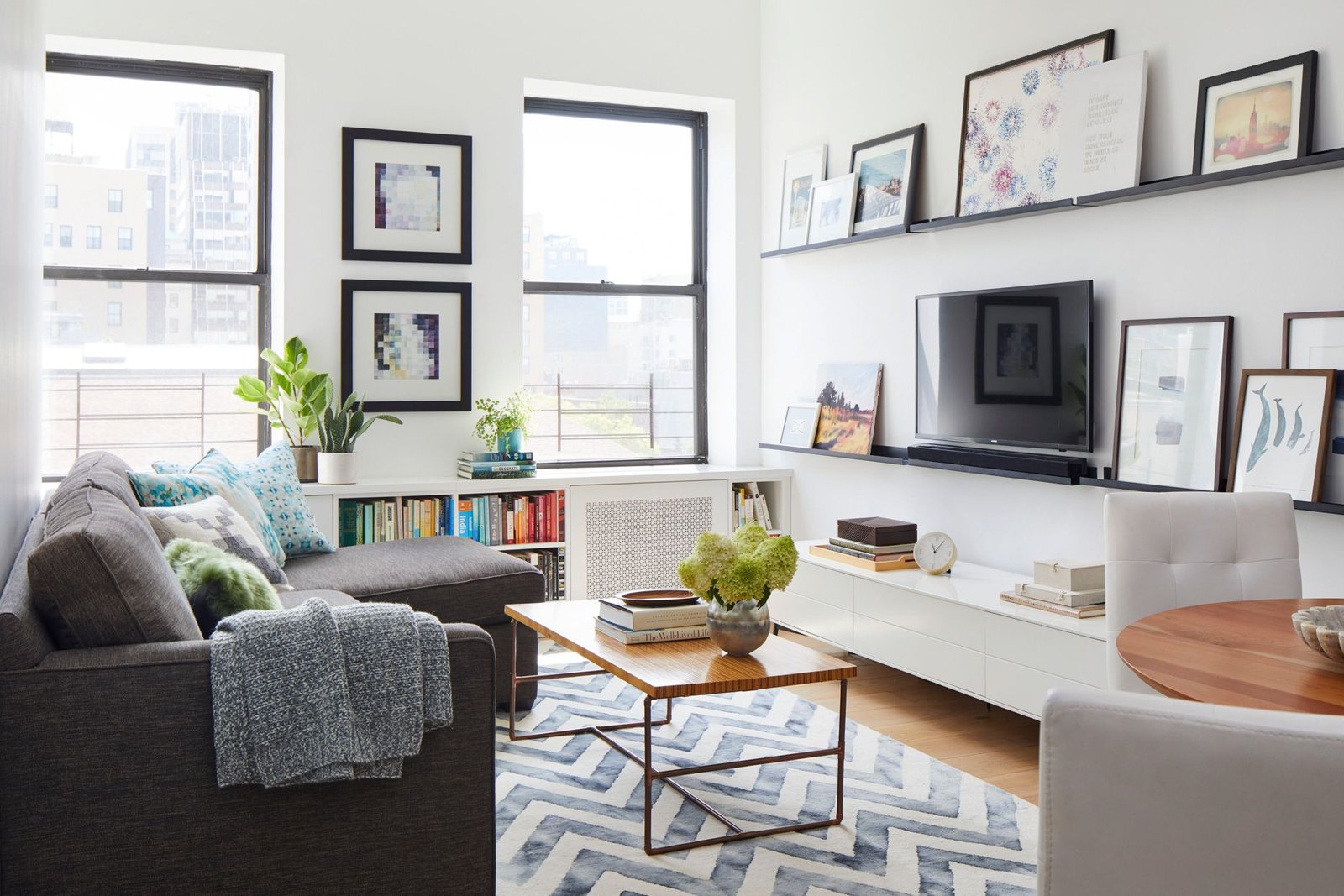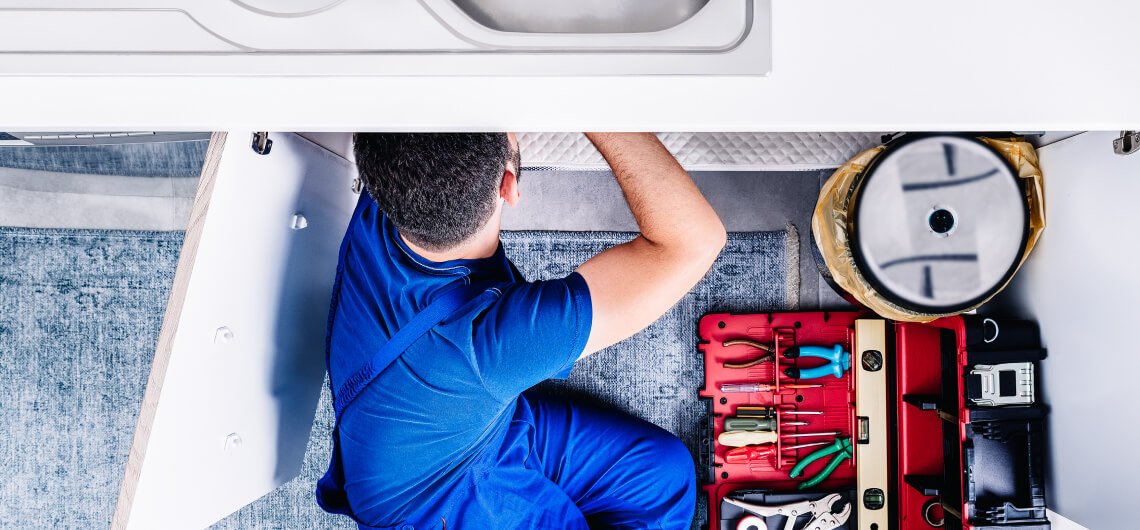Living in an apartment offers many conveniences, but it’s crucial to ensure that your home is safe and secure. Whether you’re moving into a new place or want to improve the safety of your current apartment, this comprehensive safety checklist will help you cover all the essential bases.
1. Fire Safety
Fire safety is paramount in any living situation. Here’s how to ensure your apartment is protected:
- Smoke Alarms: Ensure there are working smoke alarms installed in every room. Test them monthly and replace batteries at least once a year.
- Fire Extinguishers: Keep a fire extinguisher in accessible locations, such as the kitchen. Learn how to use it properly.
- Escape Plan: Create and practice an emergency escape plan. Identify all exits and establish a meeting point outside the building.
- Fire Sprinklers: Check if your apartment has a fire sprinkler system. If not, inquire about fire safety measures with your landlord or property manager.
2. Secure Locks and Entry Points
Securing entry points is critical to preventing unauthorized access.
- Deadbolt Locks: Ensure that all exterior doors have deadbolt locks. These provide additional security compared to standard locks.
- Peephole: Install a peephole in your front door if one isn’t already there. This allows you to see who is outside before opening the door.
- Sliding Doors: Secure sliding doors with a rod or bar to prevent them from being forced open.
- Windows: Check that all windows close and lock securely. Consider adding window locks for extra security.
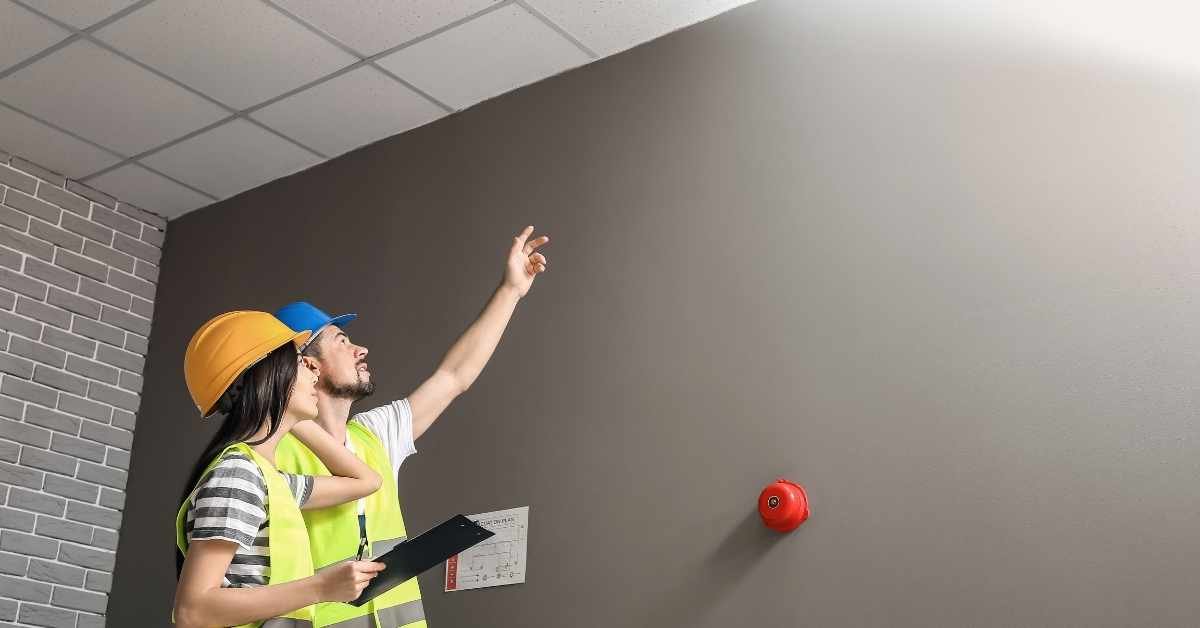
3. Lighting
Good lighting can deter potential intruders and help you navigate safely at night.
- Exterior Lighting: Ensure there is adequate lighting around the entrance to your apartment. Motion-sensor lights are a great option.
- Interior Lighting: Use timers for interior lights when you’re not home to give the appearance that the apartment is occupied.
4. Security Systems
Investing in a security system can provide peace of mind and added protection.
- Alarm Systems: Consider installing an alarm system that alerts you and authorities in case of a break-in.
- Security Cameras: Use security cameras at entry points to monitor activity. Many modern cameras can be accessed remotely via smartphone apps.
5. Safety Equipment
Having the right safety equipment on hand can make a significant difference in an emergency.
- First Aid Kit: Keep a well-stocked first aid kit in an easily accessible location.
- Flashlights: Ensure you have working flashlights and extra batteries in case of a power outage.
- Carbon Monoxide Detectors: Install carbon monoxide detectors, especially if you have gas appliances. Test them regularly.
6. Childproofing (If Applicable)
If you have children, take extra steps to ensure their safety.
- Cabinet Locks: Use locks on cabinets containing hazardous materials like cleaning supplies or medications.
- Outlet Covers: Install outlet covers to prevent children from inserting objects into electrical outlets.
- Safety Gates: Use safety gates to block off stairways or rooms that are not child-friendly.
7. Pet Safety (If Applicable)
Pets require specific safety considerations to ensure their well-being.
- Secure Cords: Keep electrical cords out of reach to prevent chewing and potential electrocution.
- Pet-Proofing: Store toxic plants, foods, and chemicals out of reach. Ensure windows and balconies are secure to prevent falls.
8. Emergency Contacts
Keep a list of emergency contacts readily available.
- Phone Numbers: Have phone numbers for emergency services, your landlord, a trusted neighbor, and family members easily accessible.
- Important Information: Keep a list of important information such as your address, apartment number, and any medical conditions.
9. Maintenance and Upkeep
Regular maintenance can prevent many safety hazards.
- Report Issues: Immediately report any maintenance issues, such as broken locks, malfunctioning smoke detectors, or plumbing leaks, to your landlord.
- Regular Inspections: Conduct regular inspections of your apartment to identify and address potential safety hazards.
10. Community Awareness
Being aware of your surroundings and building a community network can enhance safety.
- Know Your Neighbors: Get to know your neighbors and look out for each other.
- Stay Informed: Stay informed about any safety concerns or incidents in your building or neighborhood. Join community groups or forums to stay updated.
Ensuring your apartment is safe requires a proactive approach and attention to detail. By following this comprehensive safety checklist, you can create a secure and comfortable living environment for yourself and your loved ones. Remember, safety is an ongoing process, so regularly review and update your safety measures to keep your apartment as secure as possible.







